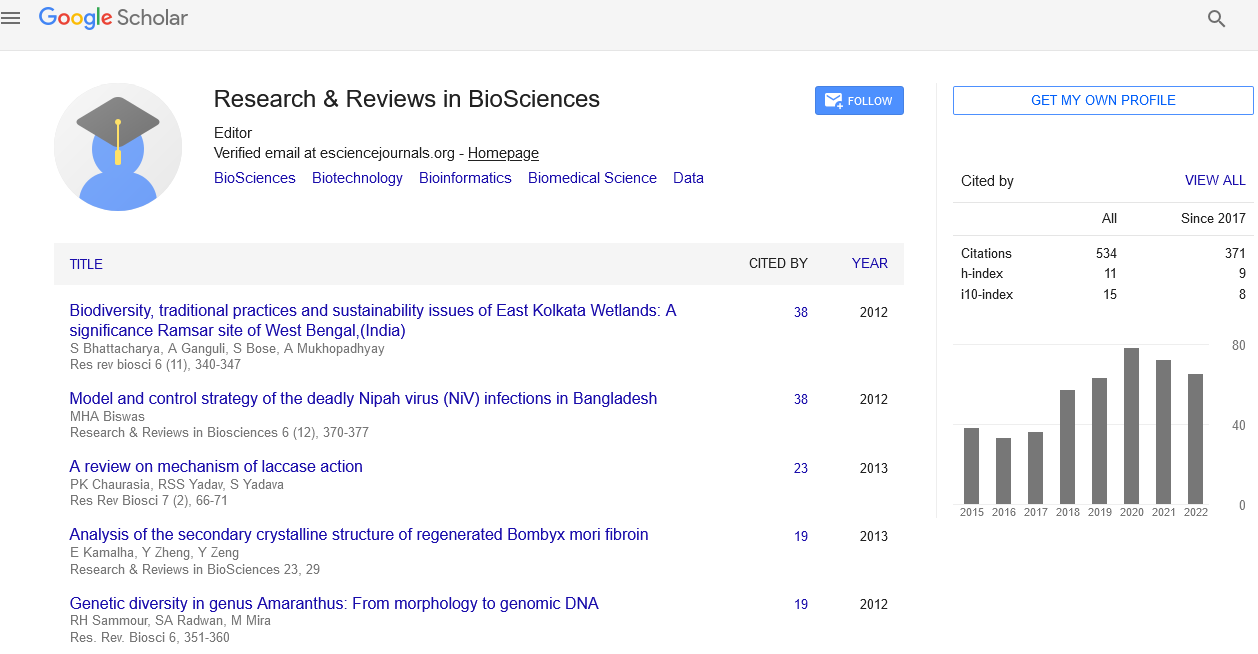Abstract
Role of Curcumin-Zinc oxide Composite Nanoparticles on Streptozotocin-Induced Diabetic Rats
Author(s): Sameh MohamedDiabetes mellitus (DM) is a chief global public health concern, as it is a tremendously widespread endocrine disease that causes many complications risking patientâ??s quality of life. The correlation of diabetes and disturbance of zinc homeostasis made zinc oxide nanoparticles an attractive therapeutic suggestion. Glucose-phosphorylating enzyme glucokinase (GK) and glucose transporter GLUT2, had been implicated in glucose metabolism control in DM. Curcumin, the major active polyphenolic constituent of turmeric rhizomes (Curcuma longa, family Zingiberaceae), shows pleiotropic effects on a wide spectrum of molecular targets. In DM, curcumin exerts hypoglycemic effects via different mechanisms including GK and GLUT2 gene expression. The use of nanoparticles in medicine is an attractive proposition. The current study aims to evaluate the potential activities of prepared and characterized curcumin nanoparticles (Curc-NP), zinc oxide nanoparticles (ZnO-NP), and curcumin-zinc oxide composite nanoparticles (Curc-ZnO-NP) on streptozotocin (STZ)-induced diabetic rats (10 rats/group). The potential defending character of every treatment against diabetic rats was evaluated by investigating different biochemical (glucose, insulin, urea, creatnine, HbA1-C, AST, ALT) and histopathological parameters as well as protein expression of GK and GLUT2 in the pancreas and livers of diabetic rats. Adult Wistar albino rats (180-200 g) were injected intraperitonially with a freshly prepared STZ single dose (50 mg/kg b.w.) for the induction of type-2 DM. Diabetic rats were treated orally with a daily dose of 50 mg/kg b.w. of Curc-NP, and 10 mg/kg b.w. of ZnO-NP, Curc-ZnO-NP, and diamicron (traditional anti-diabetic agent) for 21 days. All treatments showed significant reduced blood glucose, elevated insulin levels, regulated GLUT-2 and glucokinase genes, however, Curc-ZnO-NP showed the most potent anti-diabetic activities comparable to normal rats. The histolopathological findings confirm the biochemical and molecular data recommending Curc-ZnO-NP as a potential anti-diabetic agent.
